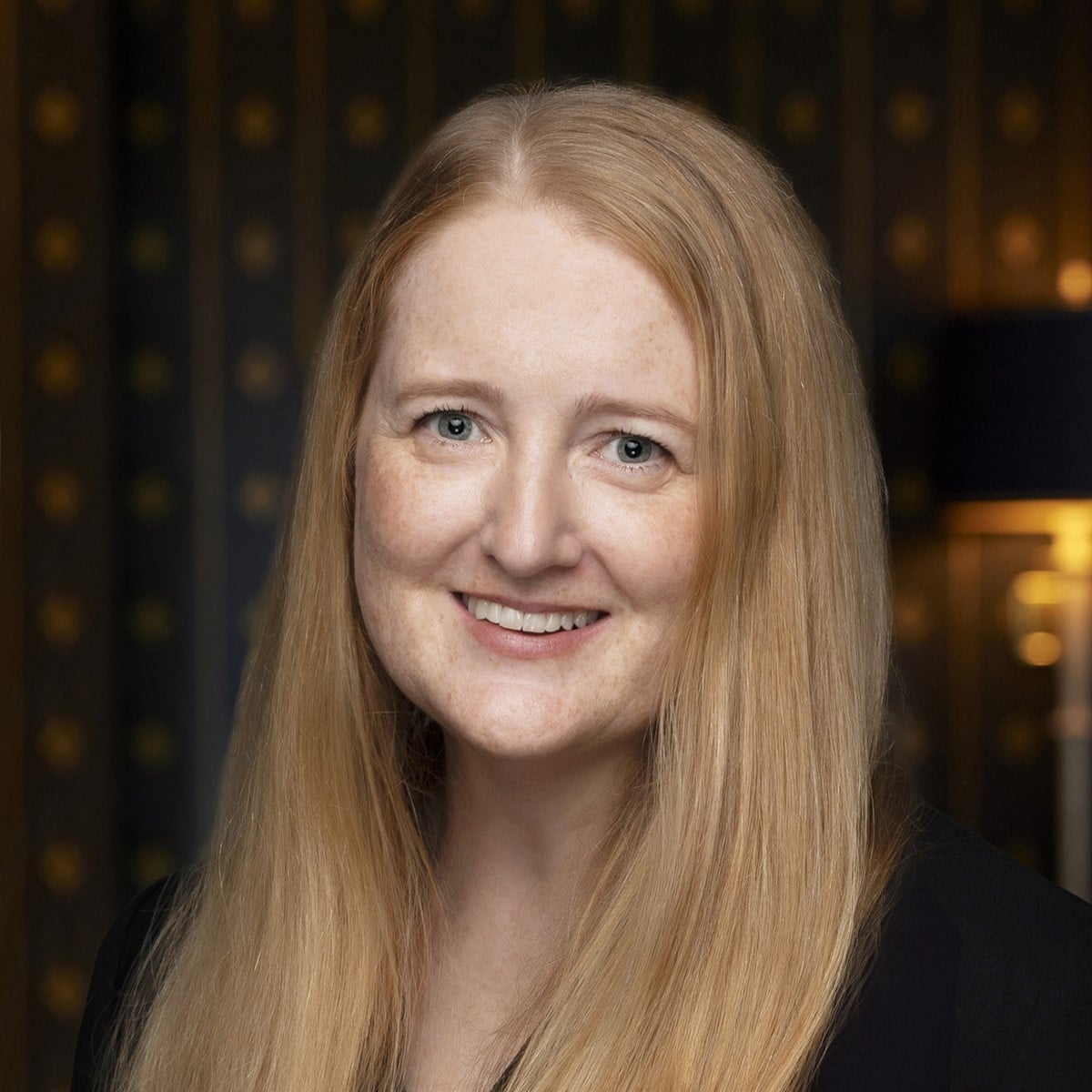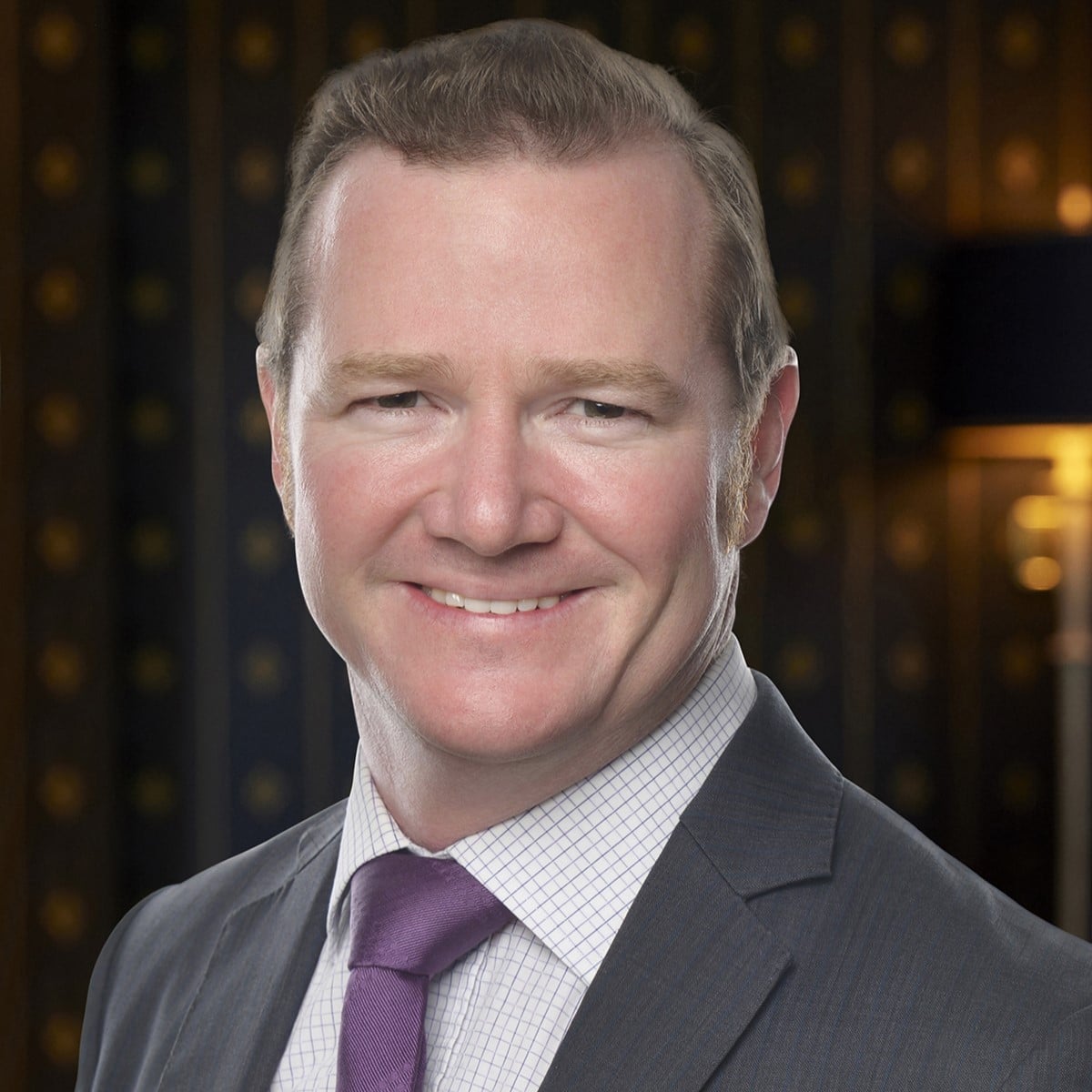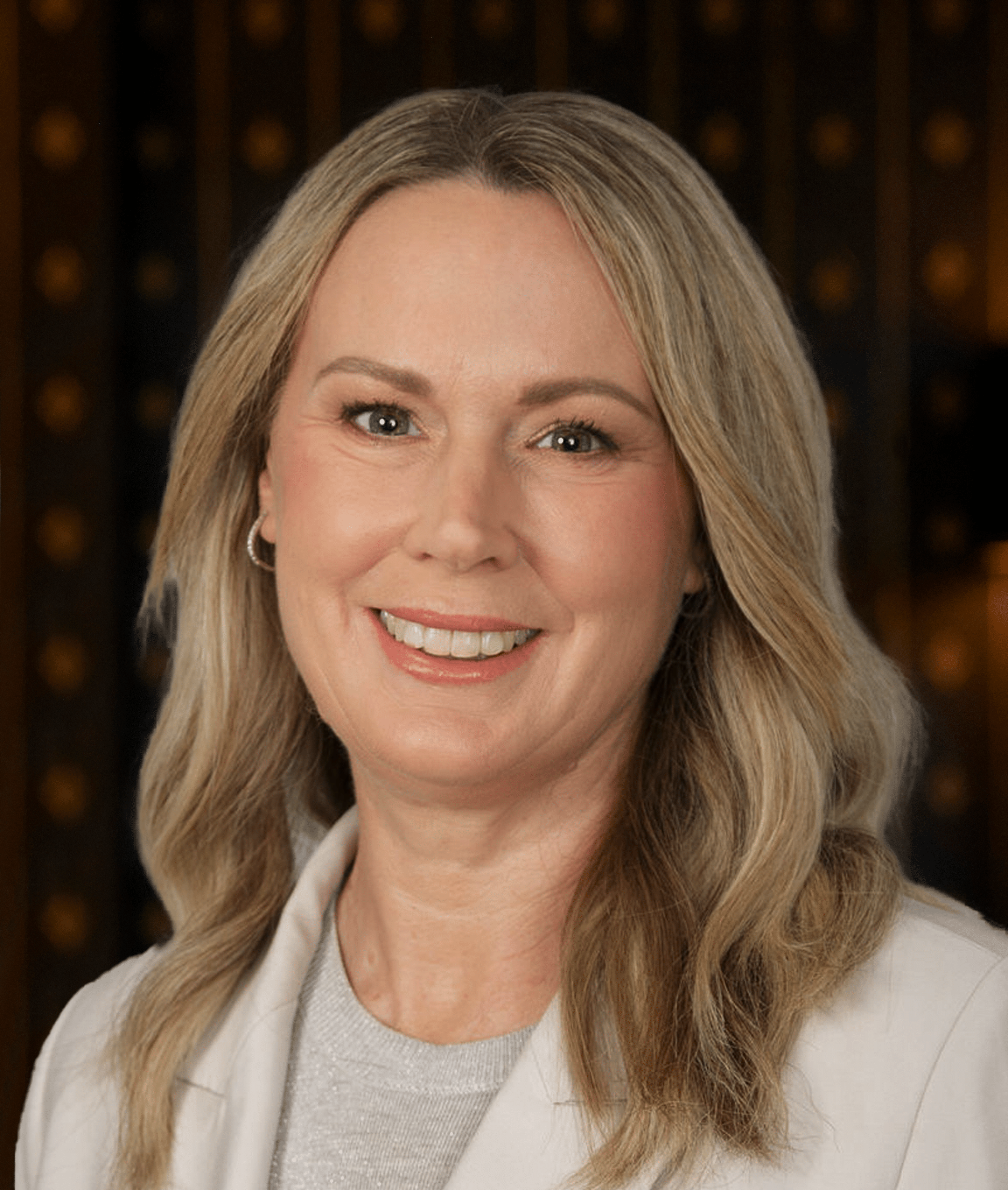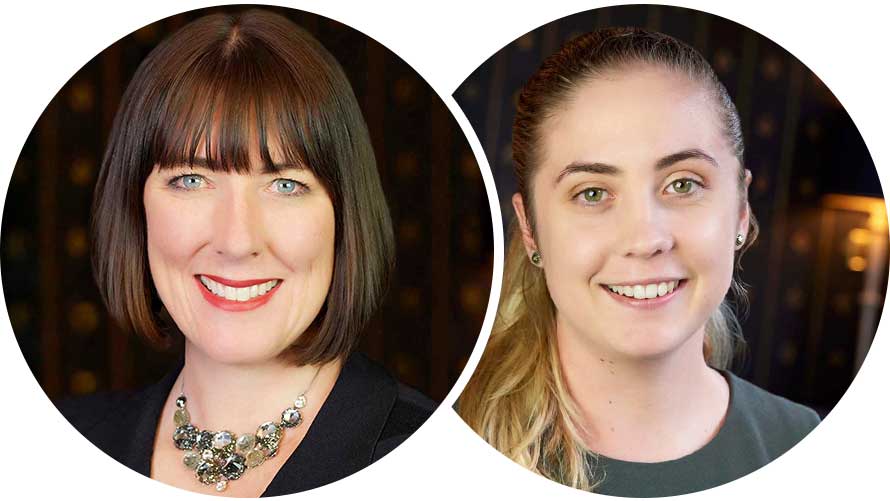Pearce IP provides weekly reports on global biosimilars activities in the Pearce IP BioBlast®. Significant biosimilar activities for the week ending 4 July 2025 are set out below:
Aflibercept
2 July 2025 | CA | Approval Alert: Apotex and Sam Chun Dang Announce Canadian Approval of Biosimilar Aflibercept
On 2 July 2025, Apotex announced that Aflivu™, biosimilar to Regeneron/Bayer’s Eylea® (aflibercept, 2mg), has been approved by Health Canada in pre-filled syringe and vial formats. Aflivu™ is… Read more here.
Certolizumab Pegol
1 July 2025 | EU | Alvotech and Advanz Enter EU Partnership for Certolizumab Pegol Biosimilar
On 1 July 2025, Alvotech and Advanz Pharma announced that the companies have entered into a European supply and commercialisation agreement for AVT10, Alvotech’s biosimilar to UCB’s… Read more here.
Daratumumab
4 July 2025 | KR | Korea Approves Phase 3 Trial for Celltrion’s Biosimilar Daratumumab
On 4 July 2025, The Bio reported that Korea’s Ministry of Food and Drug Safety has approved Celltrion’s Phase 3 clinical trial plan (IND) for CT-P44, biosimilar to Johnson & Johnson’s Darzalex®… Read more here.
Denosumab
3 July 2025 | EU | Approval Alert: European Commission Approves Denosumab Biosimilars of Richter, mAbxience and Biocon
Over the last week, the European Commission (EC) has approved denosumab biosimilars for three sponsors… Read more here.
1 July 2025 | KR | Samsung Bioepis Launches Denosumab Biosimilar in Korea and Strikes Licensing Deal with Boryung
On 1 July 2025, Samsung Bioepis and Hanmi Pharmaceutical announced that they have jointly launched Obodence™, biosimilar to Amgen’s Prolia® (denosumab), in South Korea, at a 13% cost… Read more here.
1 July 2025 | US | Fresenius Kabi Second to Launch US Biosimilar Denosumab
On 1 July 2025, Fresenius Kabi announced the US launch of Conexxence® and Bomyntra®, biosimilars to Amgen’s Prolia® and Xgeva® (denosumab), respectively. Fresenius’ denosumab biosimilars are… Read more here.
30 June 2025 | US | Amgen Expands US BPCIA Denosumab Litigation to include Biocon
On 30 June 2025, Amgen filed BPCIA litigation against Biocon in the in the US District Court for the District of Massachusetts, Eastern Division, asserting infringement of 34 US patents covering… Read more here.
Pertuzumab
28 June 2025 | CN | Study Demonstrates Biosimilarity of Beijing SL’s KM118 (Pertuzumab) with Roche’s Perjeta®
The results of a phase I study published in Annals of Medicine is said to have established biosimilarity between Beijing SL Pharmaceuticals’ pertuzumab biosimilar, KM118, and the reference product… Read more here.
Ranibizumab
1 July 2025 | AFRICA | Bioeq AG and Bio Usawa Partner to Commercialise Ranibizumab Biosimilar in Africa
On July 1 2025, Formycon announced that Bioeq AG, which holds the exclusive worldwide commercialisation rights for Formycon’s biosimilar to Genentech’s Lucentis® (ranibizumab)… Read more here.
Ustekinumab
1 July 2025 | JP | Celltrion to Launch Biosimilar Ustekinumab in Japan
On 1 July 2025, Pharma Japan reported that Celltrion will lauch Stegeyma® (CT-P43), biosimilar to J&J/Janssen’s Stelara® (ustekinumab), in Japan on 8 July 2025… Read more here.
Biosimilar Manufacturing
1 July 2025 | Sandoz to Expand EU Biosimilar Production with Slovenian Manufacturing Facility
On 1 July 2025, Sandoz announced that it has commenced construction of a new biosimilar production centre in Brnik, Slovenia, due to open in 2028. Sandoz is investing USD 440 million in the… Read more here.
Biosimilar Tendering
2 July 2025 | ES | Spain Issues €411M Tender for Biosimilar Medicines Supply
On 2 July 2025, Navlin Daily reported that the Spanish Ministry of Health issued a tender for the sustainable supply of biologics and biosimilars under a two-year Framework Agreement worth … Read more here.
About Pearce IP
Pearce IP is a boutique firm offering intellectual property specialist lawyers, patent attorneys and trade mark attorneys to the life sciences industries (in particular, pharmaceutical, biopharmaceutical, biotech, ag-tech and food tech). Pearce IP is the 2021 ‘Intellectual Property Team of the Year’ (Lawyers Weekly Australian Law Awards) and was shortlisted for the same award in 2022. Pearce IP is ranked in IAM Patent 1000 and Managing IP (MIP) IP Stars, in Australasian Lawyer 5 Star Awards as a ‘5 Star’ firm, and the Legal 500 APAC Guide for Intellectual Property.
Our leaders have been recognised in virtually every notable IP listing for their legal, patent and trade mark excellence including: IAM Patent 1000, IAM Strategy 300, MIP IP Stars, Doyles Guide, WIPR Leaders, 5 Star IP Lawyers, Best Lawyers, and Australasian Lawyer 5 Star Awards, and have been honoured with many awards including Australian Law Awards – IP Partner of the Year, Women in Law Awards – Partner of the Year, Women in Business Law Awards - Patent Lawyer of the Year (Asia Pacific), Most Influential Lawyers (Changemaker), among other awards.

Naomi Pearce
CEO, Executive Lawyer (AU, NZ), Patent Attorney (AU, NZ) & Trade Mark Attorney (AU)
Naomi is the founder of Pearce IP, and is one of Australia’s leading IP practitioners. Naomi is a market leading, strategic, commercially astute, patent lawyer, patent attorney and trade mark attorney, with over 25 years’ experience, and a background in molecular biology/biochemistry. Ranked in virtually every notable legal directory, highly regarded by peers and clients, with a background in molecular biology, Naomi is renown for her successful and elegant IP/legal strategies.
Among other awards, Naomi is ranked in Chambers, IAM Patent 1000, IAM Strategy 300, is a MIP “Patent Star”, and is recognised as a WIPR Leader for patents and trade marks. Naomi is the 2023 Lawyers Weekly “IP Partner of the Year”, the 2022 Lexology client choice award recipient for Life Sciences, the 2022 Asia Pacific Women in Business Law “Patent Lawyer of the Year” and the 2021 Lawyers Weekly Women in Law SME “Partner of the Year”. Naomi is the founder of Pearce IP, which commenced in 2017 and won 2021 “IP Team of the Year” at the Australian Law Awards.

Chantal Savage
Special Counsel, Lawyer
Chantal is an intellectual property disputes lawyer with experience advising across the spectrum of IP rights, including patents, trade marks, copyright, plant breeder’s rights and trade secrets/confidential information. Recognised as a Rising Star in IP by the Legal 500 Asia Pacific (2021-2024), Chantal has previously worked for international and top tier law firms in Australia and the United Kingdom and now at Pearce IP.
With a science degree specialising in molecular biology and biochemistry, Chantal’s practice focuses particularly on complex, high-value, multi-jurisdictional patent infringement and revocation proceedings for clients in the life sciences sectors.

Nathan Kan
Lawyer
Nathan is a lawyer focused on providing legal services and advice to life sciences clients, with a focus on litigation support regarding intellectual property (patents, trade marks, designs, copyright, domain names, plant breeders rights and confidential information) and commercial disputes.
Nathan is passionate about the intersection of law and science. Whilst serving as Sponsorship Director and subsequently as Vice President of the Science and Technology Law Association (SATLA) at the University of Melbourne, he led various engagement events, workshops and publications covering a range of STEM fields, including life sciences, artificial intelligence and digital transformation.





